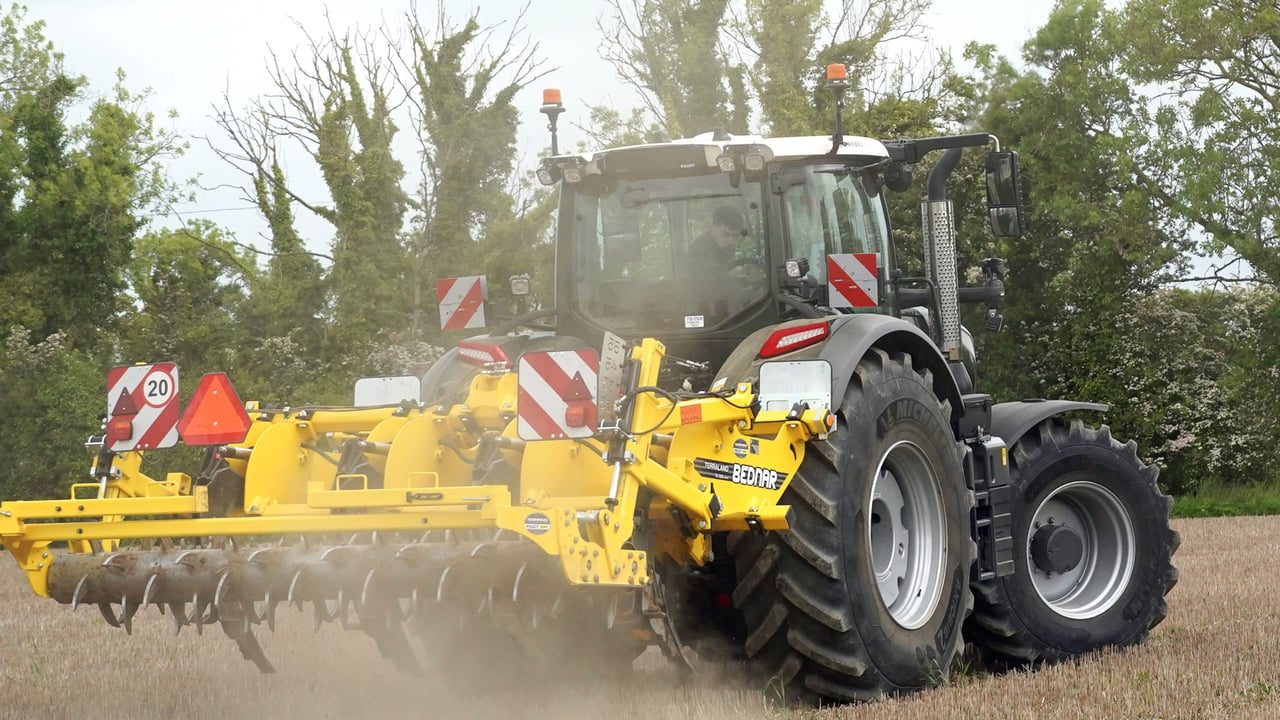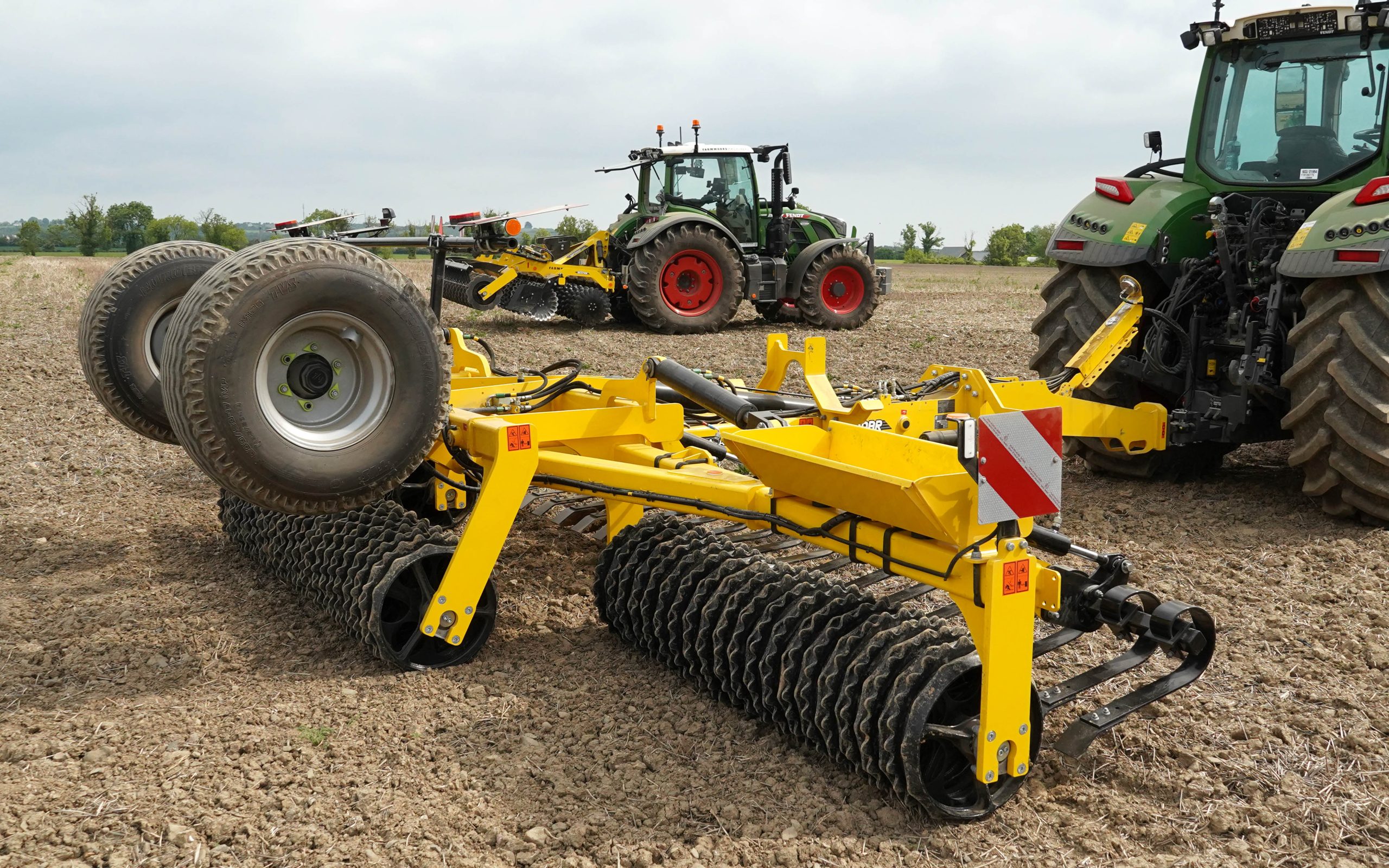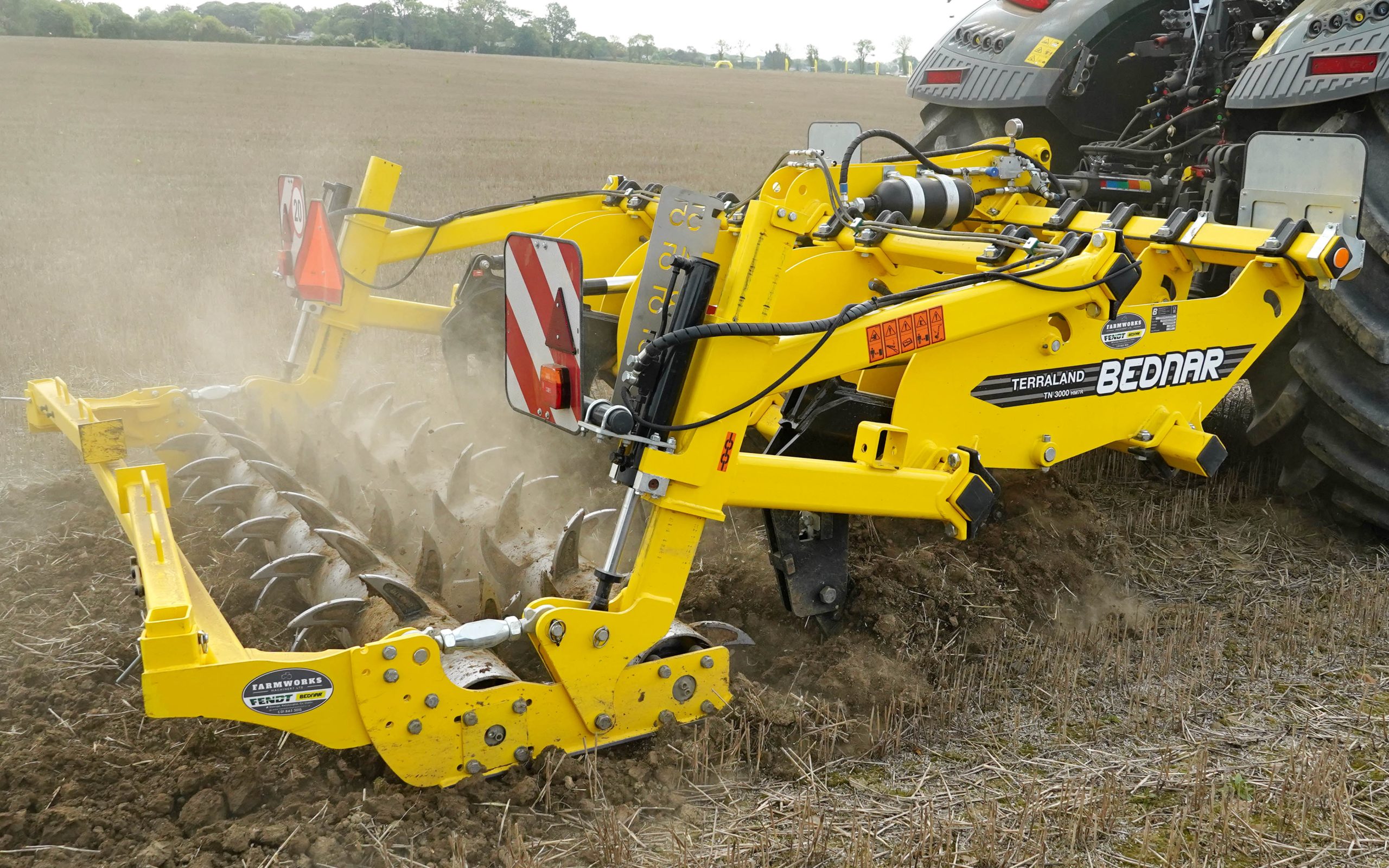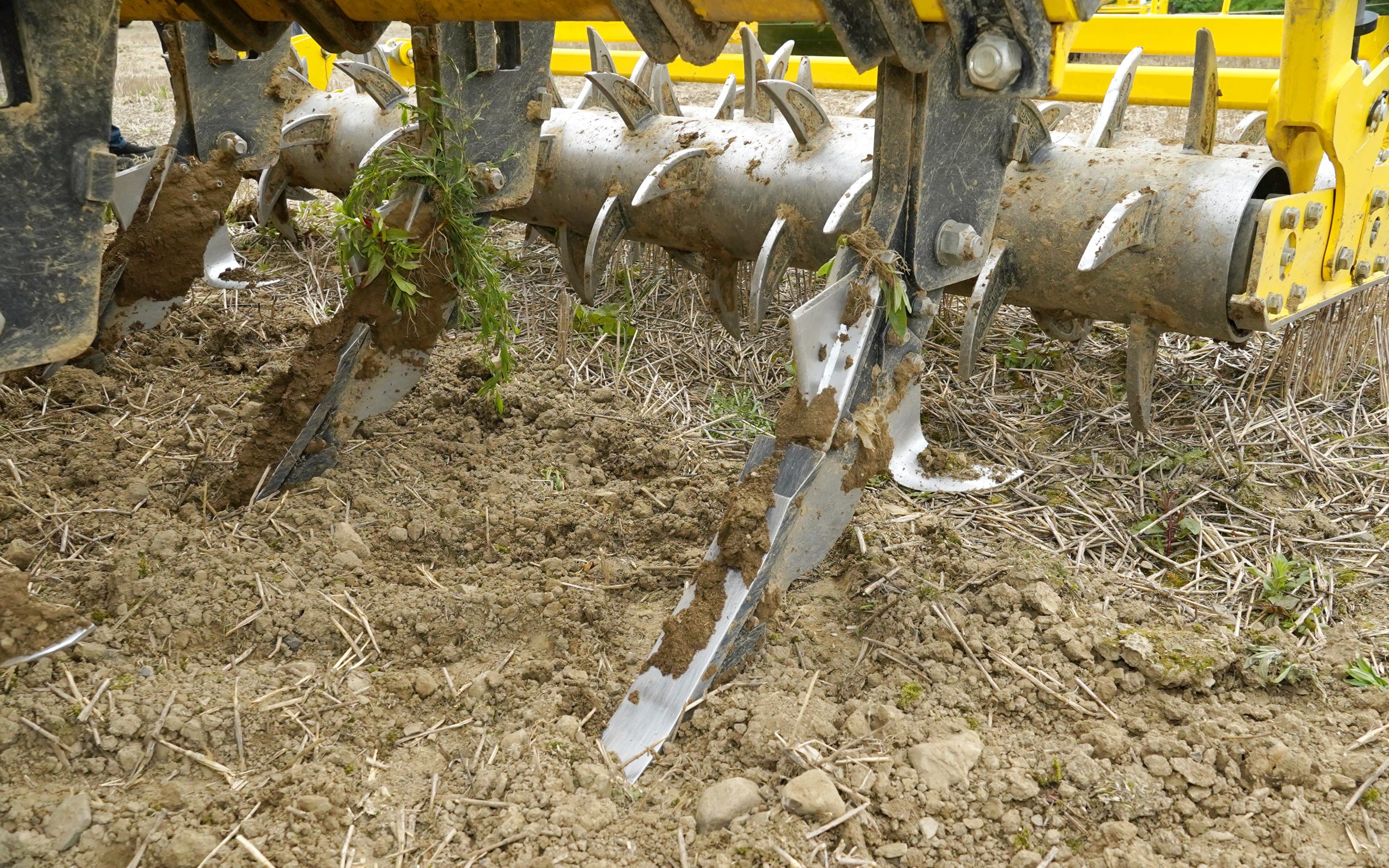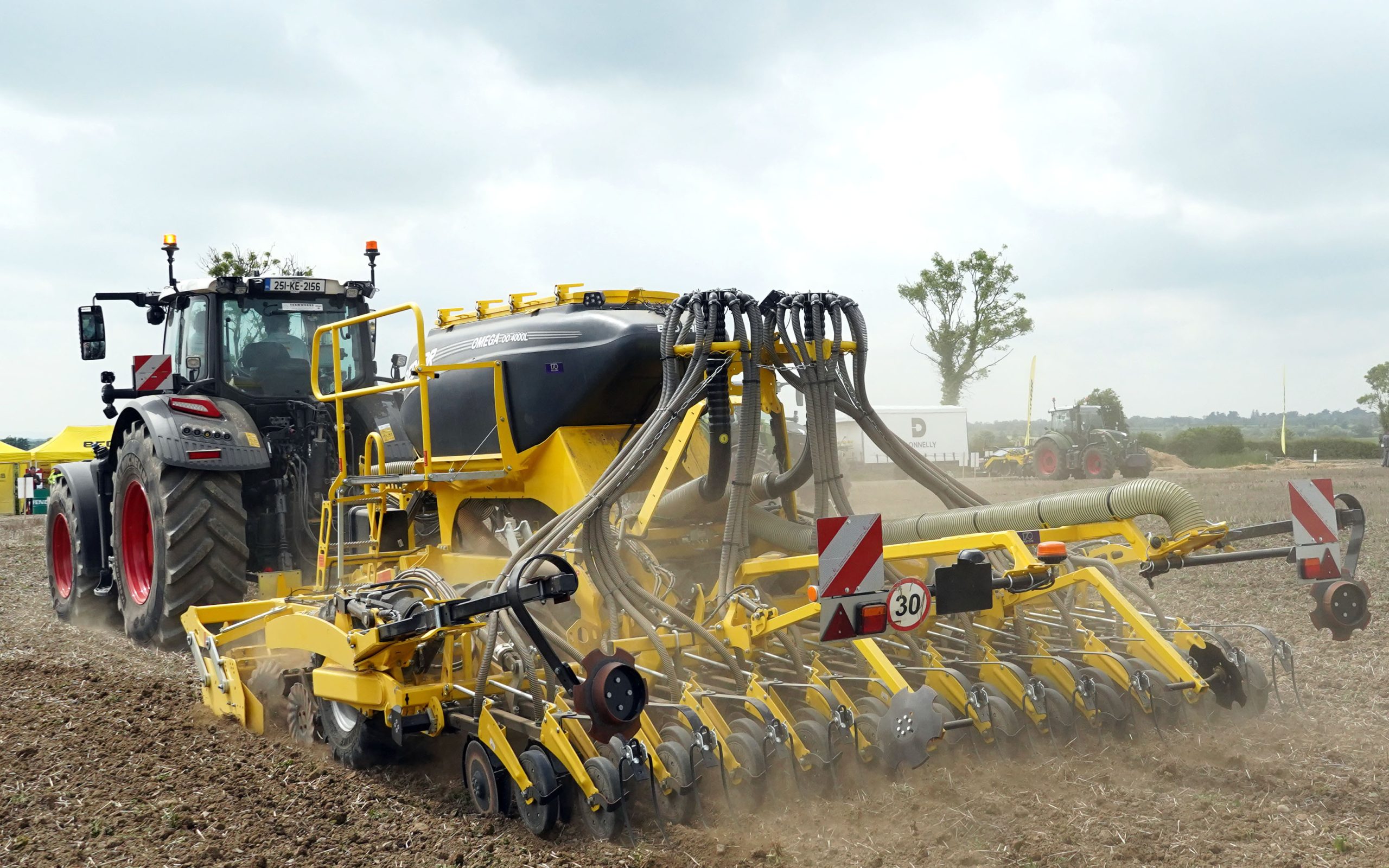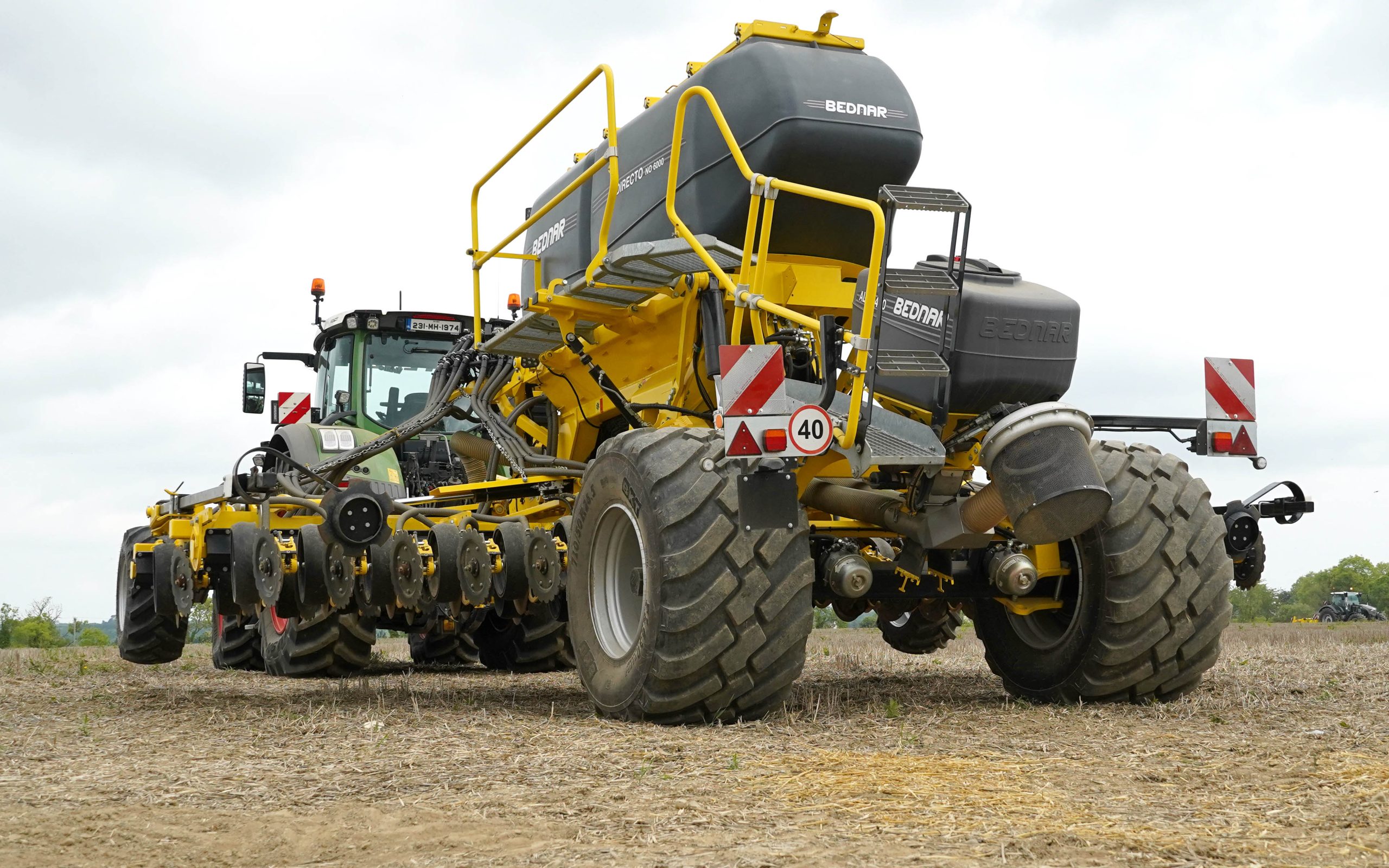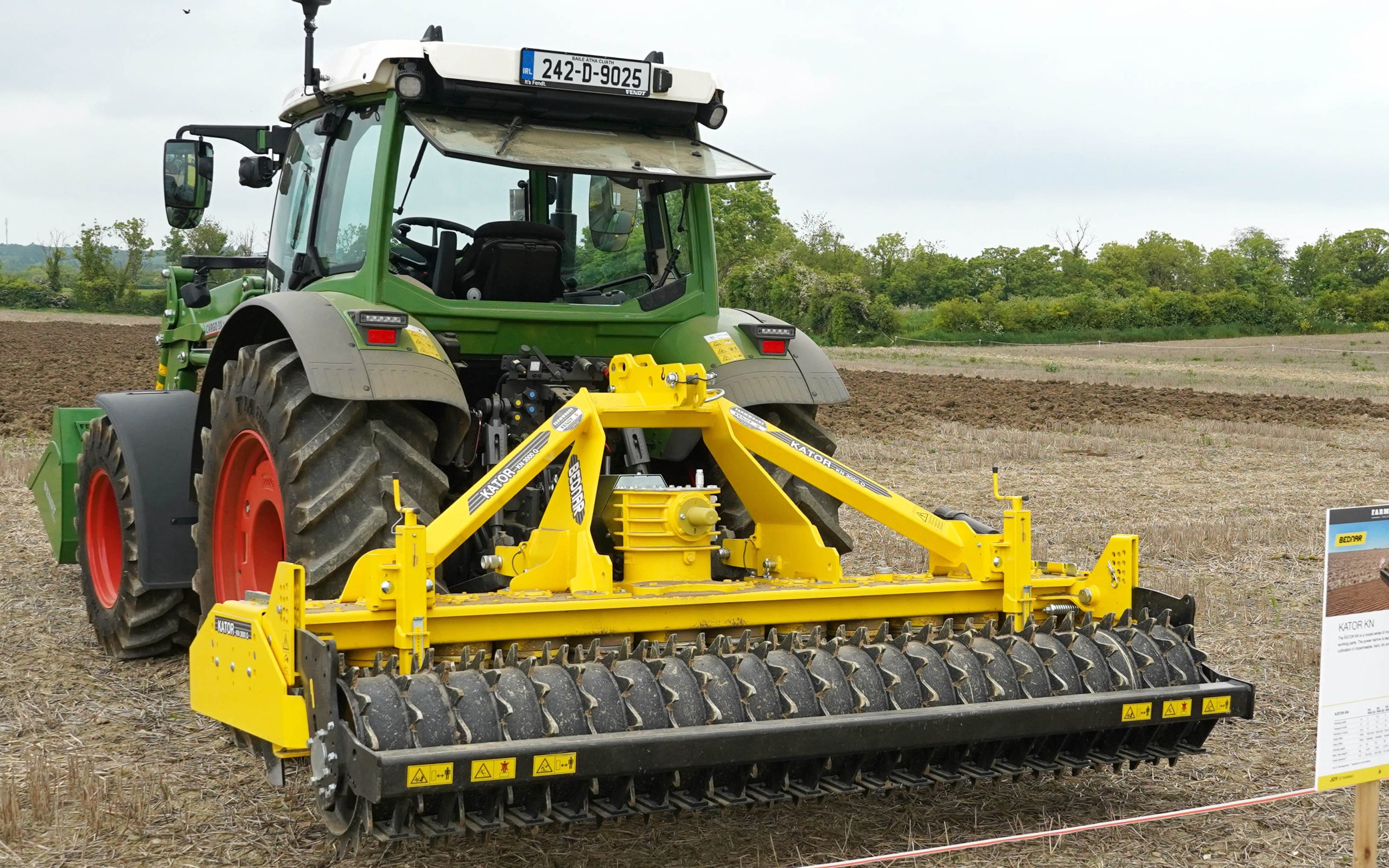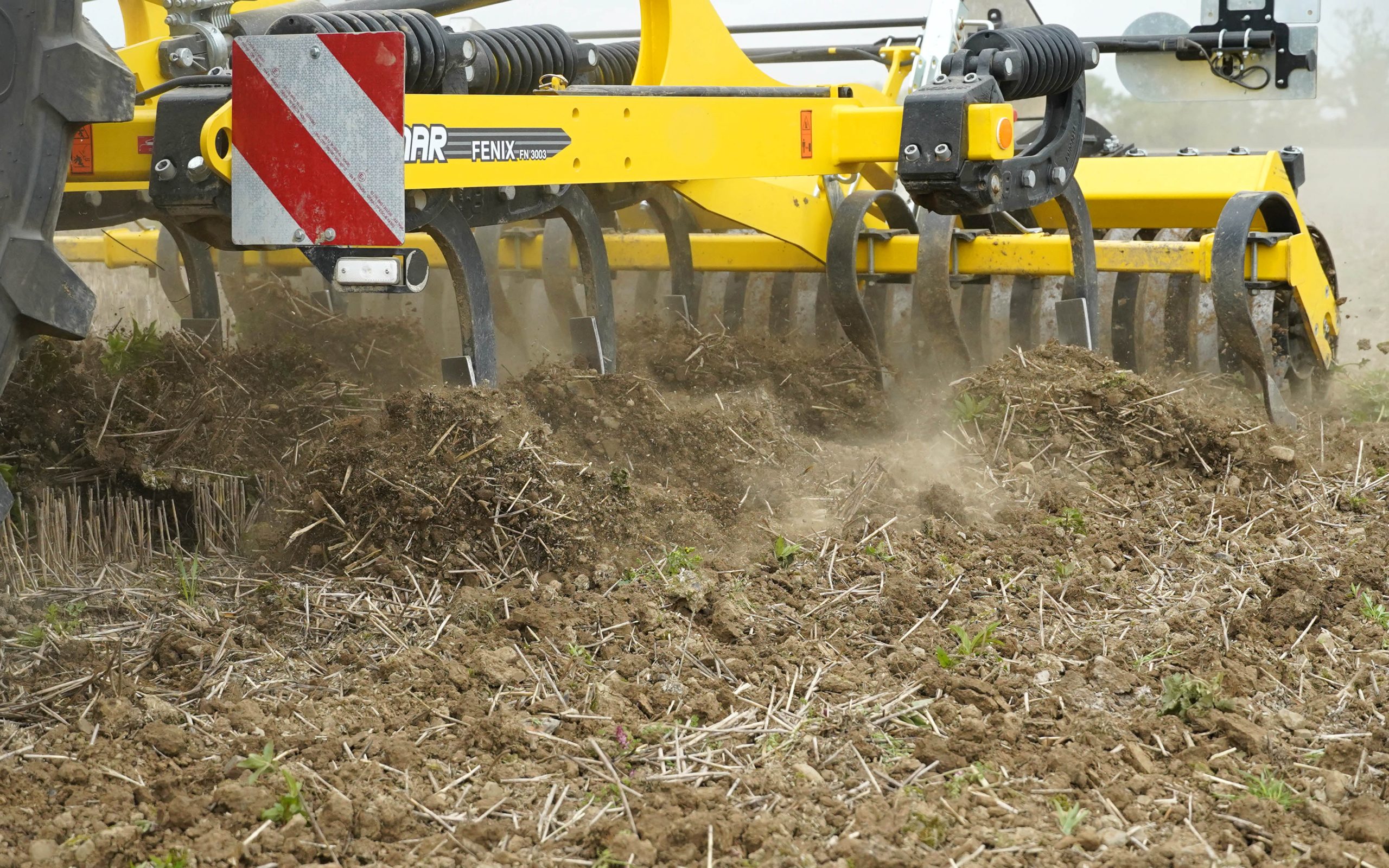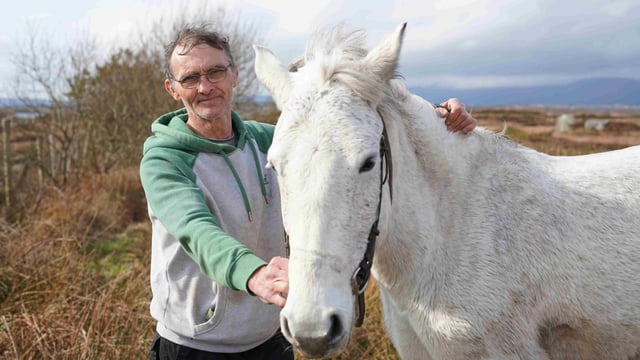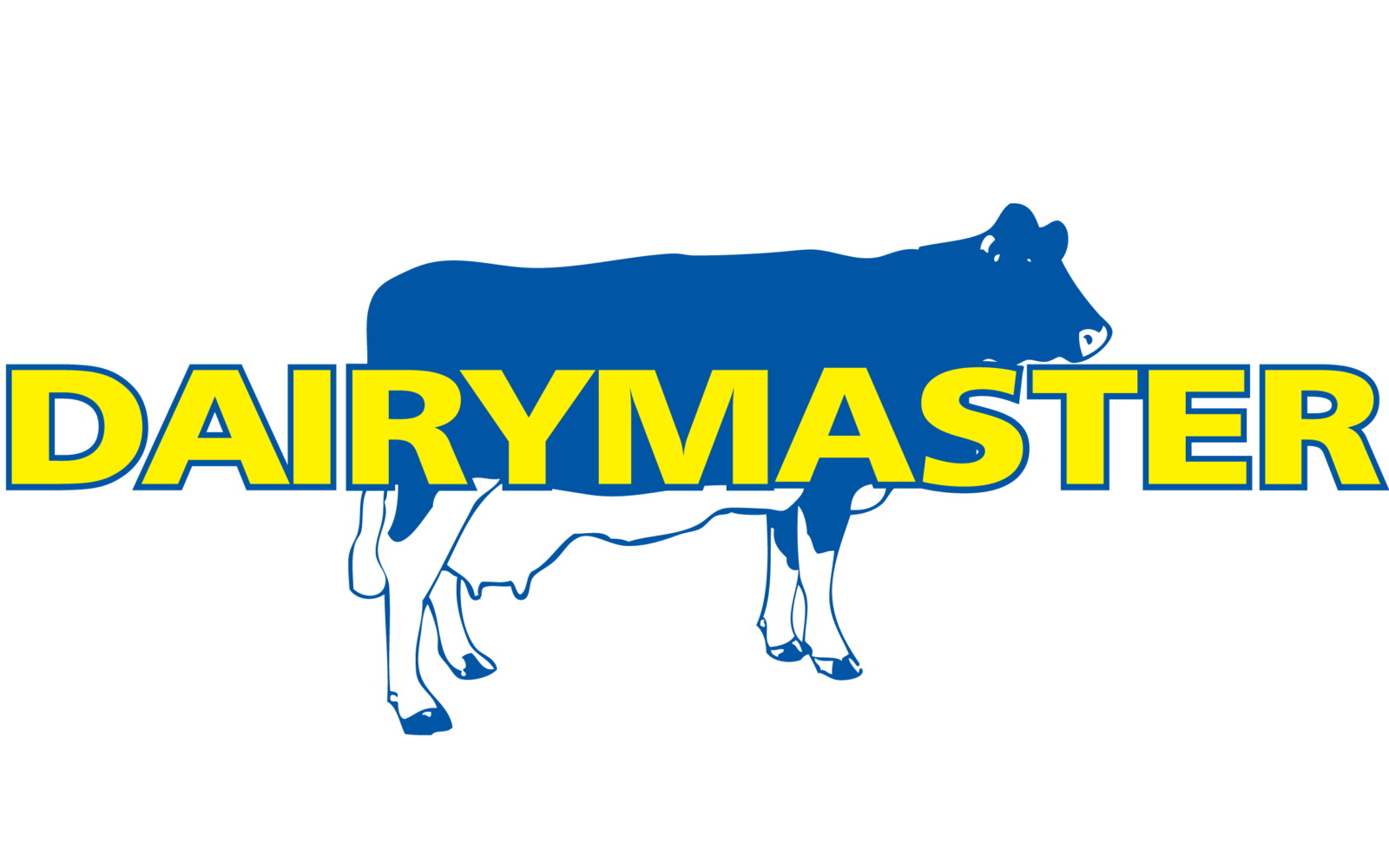Bednar working demo day promotes two-pass simplicity
The arrival of Bednar in the Irish market was firmly cemented in place with a demonstration day held by Farmworks Ltd of Ballyboughal, Co. Dublin.
Farmworks was appointed as an agent for the company last year and this joint event was the biggest working demonstration of the range yet here in Ireland.
Bednar hails from the Czech Republic and focuses only on tillage equipment so as to not divert its attention from developing implements that will best serve farmers in this sector.
On the demonstration day, there were nine machines working the ground, which was provided courtesy of Donnolly Ltd, growers of fresh vegetables for the retail trade in Ireland.
Adrian Winnett, Bednar manager for UK and Ireland, explained that the machines chosen had good potential for sales here as they represented compact units that were suited for smaller fields and farms rather than the vastness of eastern European steppes.
This philosophy was epitomised by a 3m version of the company's Terraland chisel plough, which was set to work at 50cm - 15cm up from its maximum.
The leg is equipped with a chisel point plus broad wings which run slightly higher than the point itself, while the Active Mix plates on the front of the leg further turn the soil.
This produces a deep loosening at the depth of the chisel point, while the wings provide a churning above that level, which in this particular field uprooted all the weeds and stubble and incorporated them into the mixed soil.
Although this takes place out of sight, the whole effect is to leave a series of channels created by the points with the cultivated soil lying above them across the whole width of the machine.
This, Bednar claims, aids in drainage while cutting through any compaction.
Following on from the cultivating legs were a pair of packing rollers with overlapping curved spikes that further reduced the tilth and provided a course seed bed. These rollers are said to be self-cleaning and suitable for all conditions.
The Terraland TN 3000 HM7R appeared an effective tool that Bednar claims takes out tramlines and compaction in addition to its tillage effect, which left the stubble buried and all weeds uprooted.
The 280hp Fendt 728 Vario was making light work of the task of cultivation, as it should, for the power requirement stands at around 200hp minimum for this 3m version, and forward speeds of 15-20kph were being happily achieved.
Winnett suggested that the Terraland could replace the plough in many situations, though he believes there will always be a need for complete soil inversion - a common sentiment in the industry and tillage farming generally.
Bednar have a suggestion for following on from the Terraland and that is its Omega trailed drill, which in this case was a 4m unit attached to another Fendt 728, that again looked a well-matched duo
The Omega range is designed to cope with all pre-cultivated soil situations, from after the plough to shallow discing, but not direct drilling - that is the the job of its heavier sibling, the Directo.
Running after the Terraland, the Omega produced a fine seedbed from the coarse one left by the chisel plough. This was down to its double bank of discs, which are precisely arranged in an optimal 'X' configuration according to Bednar.
The Omega also has the facility to place fertiliser between the cultivating discs and the tyre packer should a split hopper be opted for. However, on the demonstration day, it was seed only, which is fed to the double disc coulters running at the rear and helped along by the pressurised hopper.
Bednar and Farmworks were suggesting that these two tools combined provided a complete cultivation and drilling operation requiring just two passes, thus reducing diesel use and the time required to establish a crop.
This method is also considered kinder to the ground than a power harrow/drill combination, which is primarily designed to create a seed bed by pummelling the soil, rather than through the heaving and stirring that is the effect produced by the Terraland chisel plough.
The company does produce its own range of power harrows but gives the impression that it believes there are better and more efficient ways of seedbed preparation, including this two pass system, which requires less skilled labour and fuel.
For those seeking a lighter approach to primary or secondary cultivation, Bednar produce the Fenix range of harrows, which can work to 35cm but still demonstrate that a great deal of thought went into their design.
Being a relatively young company, the engineering takes a modern approach with no legacy models that need to be dragged into the present day through endless modification.
The Fenix harrows are open machines with plenty of room between the tines to allow the crop to flow, yet they remain strong and light, the sort of design which has been thoroughly examined through stress analysis before being let loose in the fields.
They represent a new generation of tillage tools - tools that have been created in engineering programmes from the outset and work in the field without endless prototypes having to be bodged together until it does the job.
This not only helps in creating a solid implement that will last, but also keeps the development costs down, savings which, Bednar tells us are being passed on to the customer.

